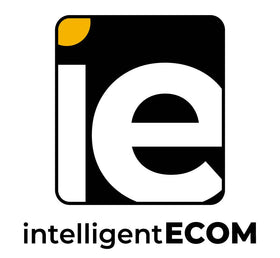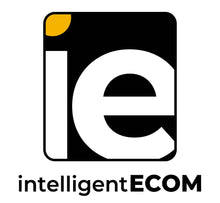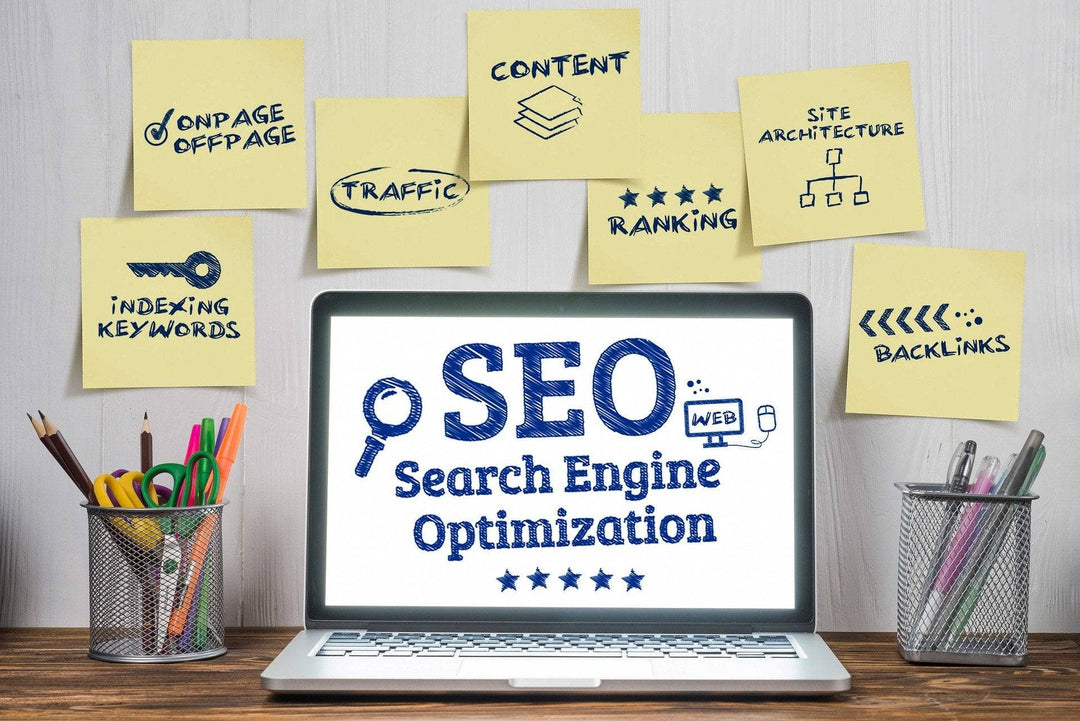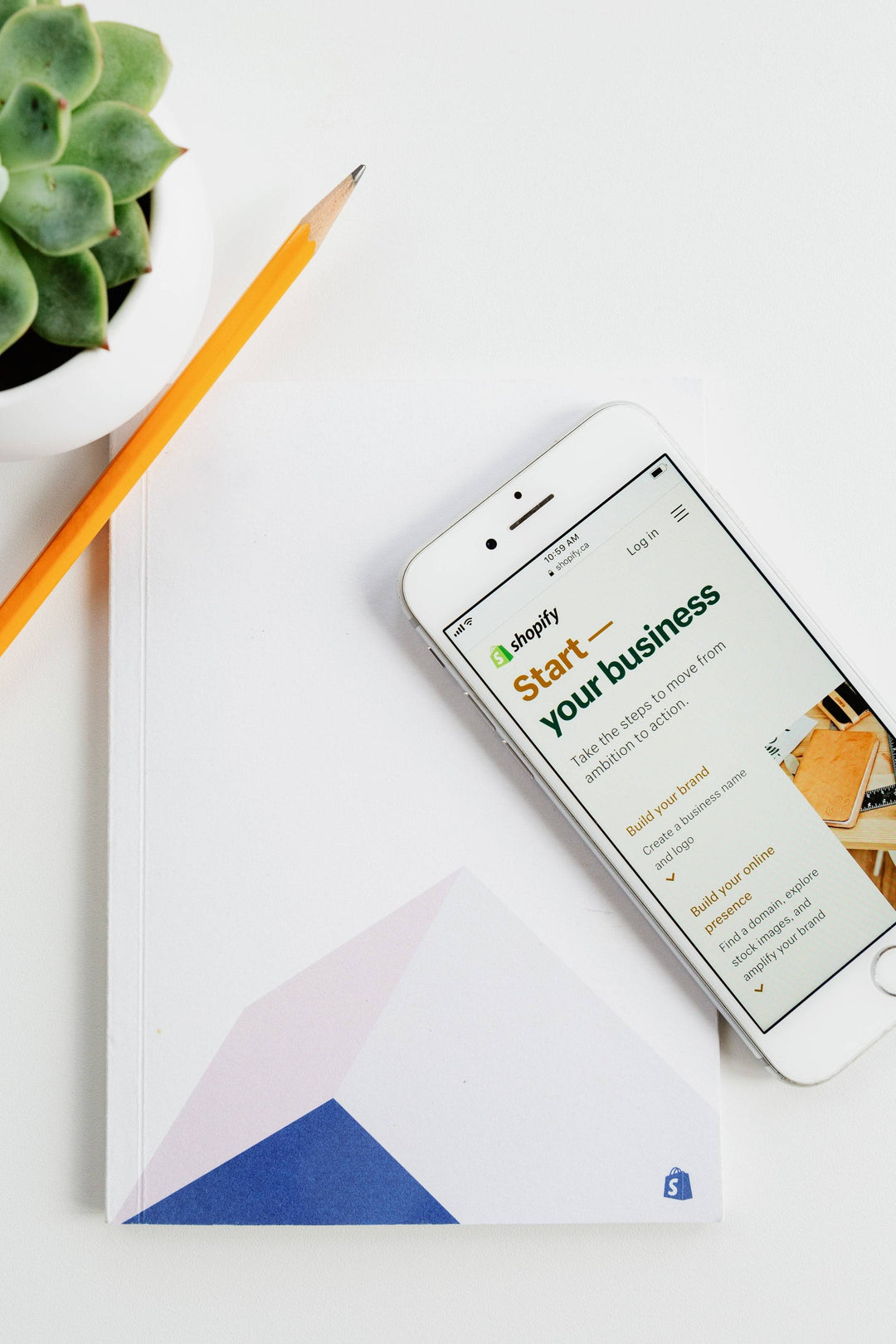Frequently Asked Questions
1. Why is building an email list important for my e-commerce business on Shopify?
2. What are some effective strategies to build my email list using Shopify?
3. How can I encourage more people to sign up for my email list?
4. What role does segmentation play in email marketing?
5. How can I optimize my email marketing strategy?
Building a solid email list is crucial for any e-commerce business, and especially for those using Shopify. An email list can become one of your most powerful assets, serving as a direct line to communicate with your customers, promote your products, and ultimately boost your sales. In this blog post, we will explore effective strategies to build your email list using Shopify, ensuring you're equipped with all the tools necessary for success.
Understanding the Importance of Email Marketing
Email marketing remains one of the most effective channels for reaching customers. Here’s why:
- High ROI: Email marketing can yield an incredible return on investment. Studies show that every dollar spent can return approximately $42, making it worth your while to cultivate a responsive email list.
- Direct Communication: Email allows you to communicate directly with customers, providing them with updates, promotions, and personalized content.
- Audience Segmentation: You can easily segment your audience to target your messages more effectively, ultimately leading to higher conversion rates.
Getting Started with Your Shopify Store
Before diving into specific strategies, make sure your Shopify store is optimized for email list building. If you haven’t opted for a Shopify simple site package, consider doing so. This package allows for easy integration of email marketing tools and features that can enhance your marketing efforts.
Integrate Email Marketing Tools
Shopify offers several email marketing integrations such as Mailchimp, Klaviyo, and Omnisend. These tools provide you with robust features to manage your email campaigns effectively. Here’s how to choose the right one:
- Ease of Use: Look for tools with user-friendly interfaces that allow you to set up campaigns quickly.
- Automation: Select tools that offer automation features such as abandoned cart emails, welcome series, and re-engagement campaigns.
- Analytics: Ensure the tool provides detailed analytics to help you measure the performance of your campaigns.
Effective Strategies for Building Your Email List
Create Eye-Catching Signup Forms
Your signup forms should be easily accessible and visually appealing. Here are some tips for crafting effective signup forms:
- Placement: Place forms at strategic points on your site such as the homepage, product pages, and checkout page.
- Incentivize Sign-ups: Offer incentives like discounts, free shipping, or exclusive content in exchange for email addresses.
- Mobile Optimization: Ensure that your forms are mobile-friendly since a significant amount of online shopping occurs on mobile devices.
Utilize Pop-ups Wisely
Pop-ups can be incredibly effective for capturing emails if used correctly:
- Timing: Set triggers for pop-ups to appear after a certain time or when a user is about to exit the page.
- Frequency: Limit how often pop-ups appear to avoid overwhelming visitors.
- Value Proposition: Clearly communicate the benefit of signing up to encourage conversions.
Leverage Social Media
Use your social media platforms to drive traffic to your signup forms. Here’s how:

- Promote Your Signup Form: Share links to your email signup page on your social media profiles.
- Exclusive Content: Offer followers exclusive deals or content through emails, prompting them to subscribe.
- Engage with Your Audience: Build a community that encourages followers to join your mailing list for a better experience.
Creating Engaging Email Content
Welcome Emails
A welcome email is often the first real interaction a subscriber will have with your brand after signing up. Make it count:
- Personalization: Address the subscriber by name and include personalized recommendations based on their interests.
- Value Proposition: Reinforce why they should engage with your emails and showcase your brand’s unique selling points.
- Clear Call to Action: Direct them to your site for their next steps, whether it’s to shop or to follow you on social media.
Segmenting Your Email List
Not all subscribers are the same. Segmenting your email list allows you to tailor your messaging:
- Demographics: Consider segmenting based on age, gender, and geographical location.
- Purchase Behavior: Group customers according to their buying habits and preferences.
- Engagement Level: Keep active subscribers engaged and re-engage those who have become inactive.
Running Email Campaigns to Boost Sales
Promotional Campaigns
Sending targeted promotional campaigns can significantly boost sales:
- Seasonal Promotions: Capitalize on holidays and seasonal events to create urgency.
- Exclusive Deals: Offer special discounts and promotions exclusively to your email subscribers.
- New Product Launches: Keep your email list informed about new arrivals and their unique benefits.
Automated Email Sequences
Automate your email marketing to save time and increase efficiency:
- Abandoned Cart Emails: Send reminders to customers who have items left in their carts, often prompting them to complete their purchase.
- Follow-Up Emails: Send reminder emails after a purchase to encourage future sales, perhaps offering additional products or discounts.
- Re-Engagement Campaigns: Reach out to inactive subscribers with special offers to entice them back.
Testing and Optimizing Your Email Strategy
A/B Testing
Always be testing! A/B testing helps you understand what resonates with your audience:
- Subject Lines: Test different subject lines to see which ones lead to higher open rates.
- Email Designs: Experiment with different layouts and designs to determine what keeps your audience engaged.
- Call to Action: Test variations of your CTAs to see which ones drive the most clicks.
Analyze and Refine
Use analytics tools available through your email marketing software to track key metrics:
- Open Rates: Measure how many recipients opened your emails to gauge interest.
- Click-Through Rates: Analyze how many subscribers clicked through to your website.
- Conversion Rates: Track how many email recipients completed a desired action, such as making a purchase or signing up for a webinar.
Engaging Your Audience Beyond Sales
Don’t limit your email marketing to just sales messages. Build a relationship with your audience:
- Educational Content: Share informative content related to your industry or products, such as how-tos, tips, or trends.
- User-Generated Content: Showcase customer photos or testimonials to build community and trust.
- Sneak Peeks: Give your subscribers exclusive previews of upcoming products or events.
Final Thoughts for Email List Success
Building an email list with Shopify is a continuous journey that requires strategy, creativity, and diligence. Implement these strategies effectively, and you’ll not only grow your email list but also enhance customer loyalty and engagement. Keep your content fresh, appealing, and professionally crafted, ensuring the value you provide resonates with your audience. Remember, an engaged email list transforms casual browsers into loyal customers, making it an invaluable component of your Shopify journey.
Explore the world of another Shopify or Wix store owner. Visit their captivating online store. Keep in mind that this is a promotional link, and we are not responsible for the content of the linked store.






Leave a comment